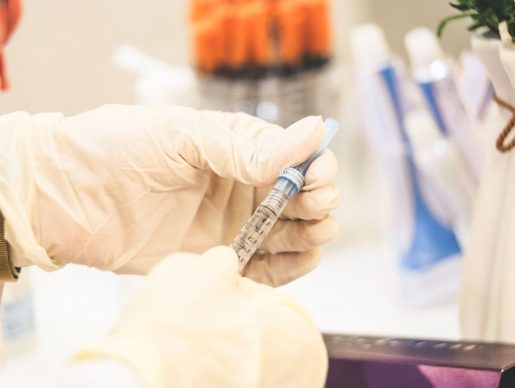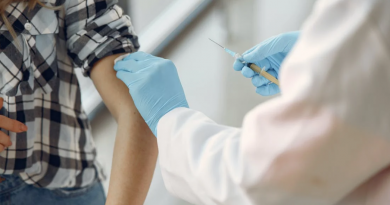How to help the public navigate stem cell products
Society is aging. According to the U.S. Census Bureau, the number of Americans 65 and older is projected to increase from 58 million in 2022 to 82 million by 2050 (a 47% increase), and the 65-and-older age group’s share of the total population is projected to rise from 17% to 23%.
As this transition occurs, more and more people will struggle with aches and pains. The frequency of pain in community-dwelling older adults is reported to be as high as 73%. This pain can be related to acute situations (illness and falls) or chronic conditions (arthritis, long-term outcomes from sports injuries, etc.). Regardless of the cause of pain, more and more individuals are seeking non-opioid and non-medicinal approaches to pain management. Current approaches include yoga, exercise, acupuncture, diet changes and, interestingly, stem cell therapy.
For pain sufferers, promising treatments for joint pain and arthritis derived from their own blood or adipose tissue seem miraculous. Such treatments with stem cells are becoming increasingly possible. Pluripotent stem cells are capable of self-renewing and can differentiate into specialized cell types such as blood, bone, cartilage, muscle and even organs.
While there are some legitimate clinical trials to determine if stem cells can help decrease pain or even help repair damaged tissue, there are currently no FDA-approved stem cell products for arthritis or joint pain. Without FDA approval, these products aren’t known to be safe or efficacious.
For desperate pain sufferers, this can mean that they seek treatment with unapproved and unproven stem cell products. Unfortunately, patients frequently obtain such products through direct-to-consumer advertising. Unapproved and unproven products can be expensive (for example, the average cost is $3,000 – $5,000 per injection per knee). They can also be dangerous, not only causing possible local damage but also potentially transmitting infections and diseases.
Unfortunately, pain isn’t the only indication for which these clinics and providers use direct-to-consumer advertising to motivate the public to try their unapproved and unproven stem cell products. The products are being used for many other indications, including cosmetic procedures, heart disease, glaucoma and dementia.
The FDA has tried diligently to control the spread of these unethical stem cell clinics through both regulatory actions and direct public education. However, some patients have already been injured by these unapproved and unproven products.
One of the best ways that healthcare providers can help combat the use of unapproved and unproven stem cell therapies is by providing truthful information to patients.
The International Society for Cell and Gene Therapy (ISCT) published a guide for healthcare providers to help them as they educate their patients about stem cells. The guide was developed to help identify and distinguish safe and approved cell and gene therapy products from those that do not have a proven record of safety and efficacy.
As we navigate the complex world of stem cell therapy, it’s crucial to stay informed and empowered. If you or a loved one are considering stem cell therapy, don’t hesitate to consult with a healthcare provider who prioritizes safety and adheres to guidelines set forth by reputable organizations like ISCT. Together, let’s ensure that our journey toward medical advancements is as safe as it is promising.
By Bambi Grilley, RPh, RAC, CIP, CCRC, CCRP, Director, Clinical Research and Early Product Development in the Center for Cell and Gene Therapy and professor of Pediatrics at Baylor College of Medicine



